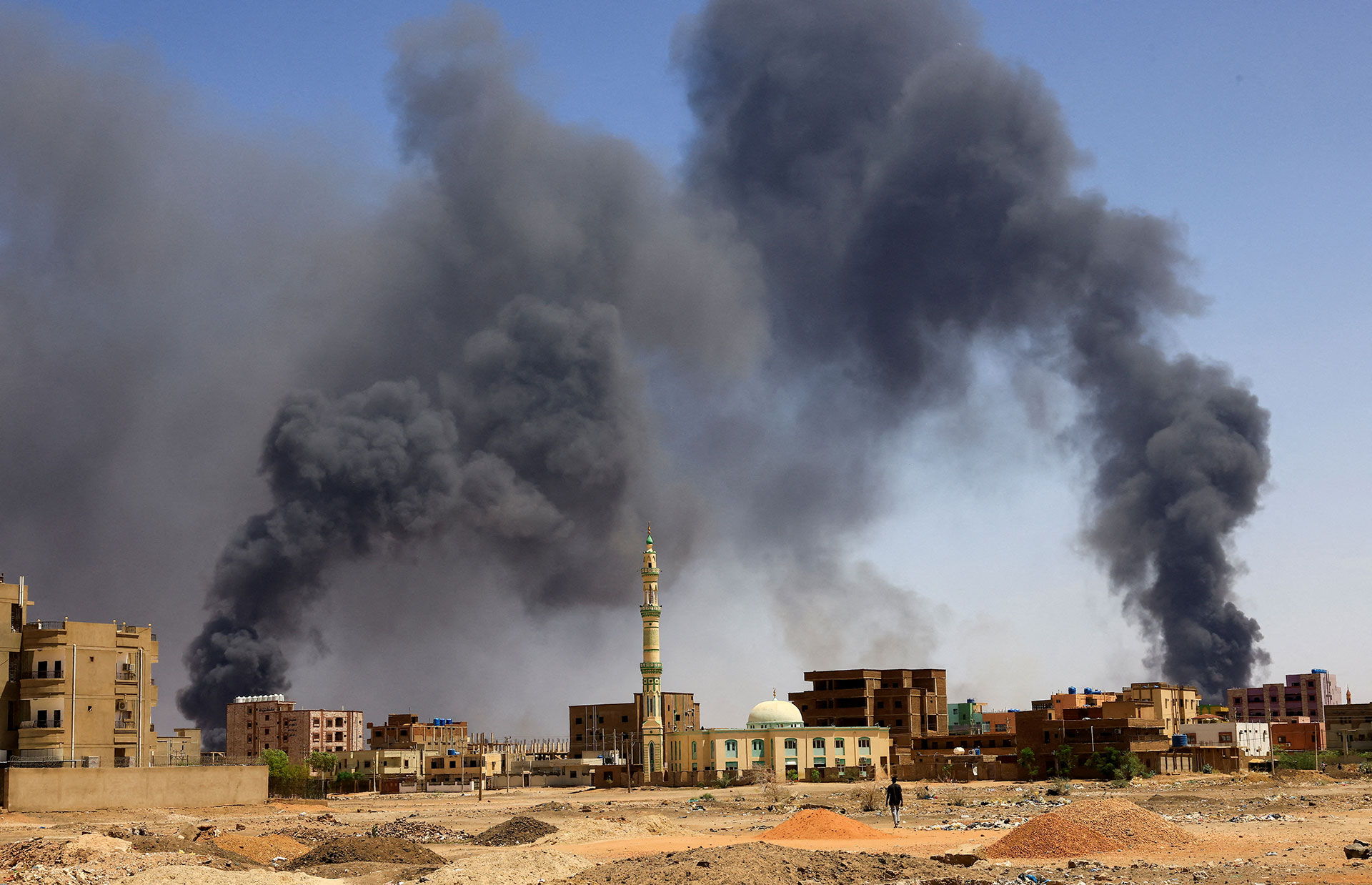
As famine and sickness increase, the number of new graves in Sudan’s cemeteries is growing
Reuters has spotted fourteen rapidly growing cemeteries in the war-torn Darfur area of Sudan. The data demonstrates how the toll of sickness and malnutrition is growing as fighters obstruct food supplies and medical assistance. The graves serve as “canaries in the coal mine” for impending starvation.
In the Darfur region of Sudan, community leaders are maintaining handwritten lists of the names of the deceased in the Kalma camp for internally displaced people. One of the organizers said that the lists are getting longer and that a day doesn’t pass when a child’s name isn’t on them.
Just within the first two weeks of May, a total of twenty-eight children were listed. According to the community leaders, illness and starvation are the causes of death.
Moshtaha, a seven-month-old child, was among them. She experienced severe vomiting and diarrhea, which made her malnourished. Her family didn’t have enough money to buy her medicine. Food was also scarce; they were only able to eat Aseeda porridge for one meal a day.
Moshtaha’s mother, Mariam Adam, stated that she put her palm on her daughter’s heart at midnight on May 14 but could not feel a pulse. She then raised her hand to cover her lips. Nothing.
“Her breathing stopped,” Adam, 22, reported. “Her heart gave out.”
Not just kids are losing their lives in Kalma. Adam’s aunt passed away in April from difficulties in her health that needed surgery. The aunt and Moshtaha were interred in the same cemetery on the camp’s perimeter.
Some of the burial grounds around the Kalma camp have grown quickly in recent months, just like this one. According to a Reuters examination of satellite pictures, one cemetery on Kalma’s southern edge has grown 2.5 times quicker in the first half of 2024 than it did in the second half of 2023.
In other parts of the Darfur region, where the paramilitary Rapid Support Forces (RSF) have wrapped the country in a paramilitary conflict, graveyards are rapidly growing. A cemetery on the southern boundary of the crowded Zamzam displaced persons camp, which is currently home to hundreds of thousands of people, grew around three times more quickly in the first half of 2024 than it did in the second half of the previous year.
Reuters has located 14 burial cemeteries in five different towns in Darfur that have grown significantly in the past few months. In comparison to the second half of last year, the area of new burials in these burial grounds has expanded up to three times quicker in the first half of 2024. Furthermore, the rise was added to an already high base: in the final half of 2023, the area suffered weeks of unrest that left numerous people dead.
According to Timmo Gaasbeek, the author of a recent research by the Dutch think tank Clingendael Institute alerting readers to the high rates of hunger-related mortality in Sudan, these graves are “the canaries in the coal mine.” “The problem will grow larger the longer the war lasts.”
The satellite photographs show how hunger and disease are fast spreading throughout Sudan when paired with information on food insecurity, images and videos of malnourished children, and conversations with dozens of people from 20 different towns throughout Darfur.
Mothers in these areas, like Mariam Adam, told stories of how their children perished from starvation, lack of access to healthcare, and insufficient funds to purchase medication. More than thirty medical professionals, community leaders, and health officials discussed the concerning rise in the number of deaths from disease and starvation. Community leaders released images and videos from their study of the burial grounds using satellite imagery, which revealed scores of newly dug graves.
According to an early assessment by the world’s top famine inspector, some 750,000 people in Sudan may experience severe food shortages by September, as Reuters reported earlier this month. According to the prediction, nine million individuals, or about 20% of the population, are in a food emergency or worse.
The Integrated Food Security Phase Classification (IPC), a Rome-based organization that was founded by aid organizations, regional organizations, and U.N. agencies, completed the updated analysis. The IPC last updated its preliminary prediction in December, and it hasn’t released its most recent version yet. In March, the IPC stated that its capacity to conduct evaluations was being hampered by security risks, obstacles, and telecommunications failures in Sudan.
Questions for this report were not answered by the IPC. An earlier statement from a spokesperson stated that the analysis of Sudan is “ongoing” and that the completion date is not yet known.
Reuters utilized methods similar to those employed by health and hunger monitors in inaccessible conflict and disaster zones to get an up-to-date picture of Sudan’s food crises. The IPC outlined procedures for determining the death rate in regions with “limited or no humanitarian access” in a 2021 handbook. “Counting graves” and “interviews with key informants” were part of it.
Sudan’s famine problem is man-made. More than nine million people, or over a fifth of the population, were forced to flee their homes when combat broke out between the RSF and the Sudanese military in April of last year. Much of Sudan has not received humanitarian aid due to conflict. According to a Reuters story from April, farmers have been driven from their land and left penniless after the RSF and its affiliated militias pillaged aid warehouses and took harvested crops and farming equipment from them.
All Categories
Recent Posts
Tags
+13162306000
zoneyetu@yahoo.com



